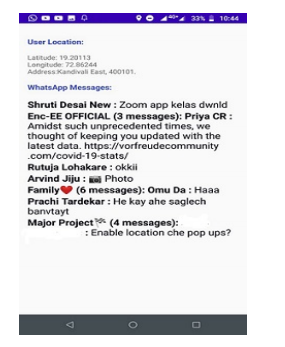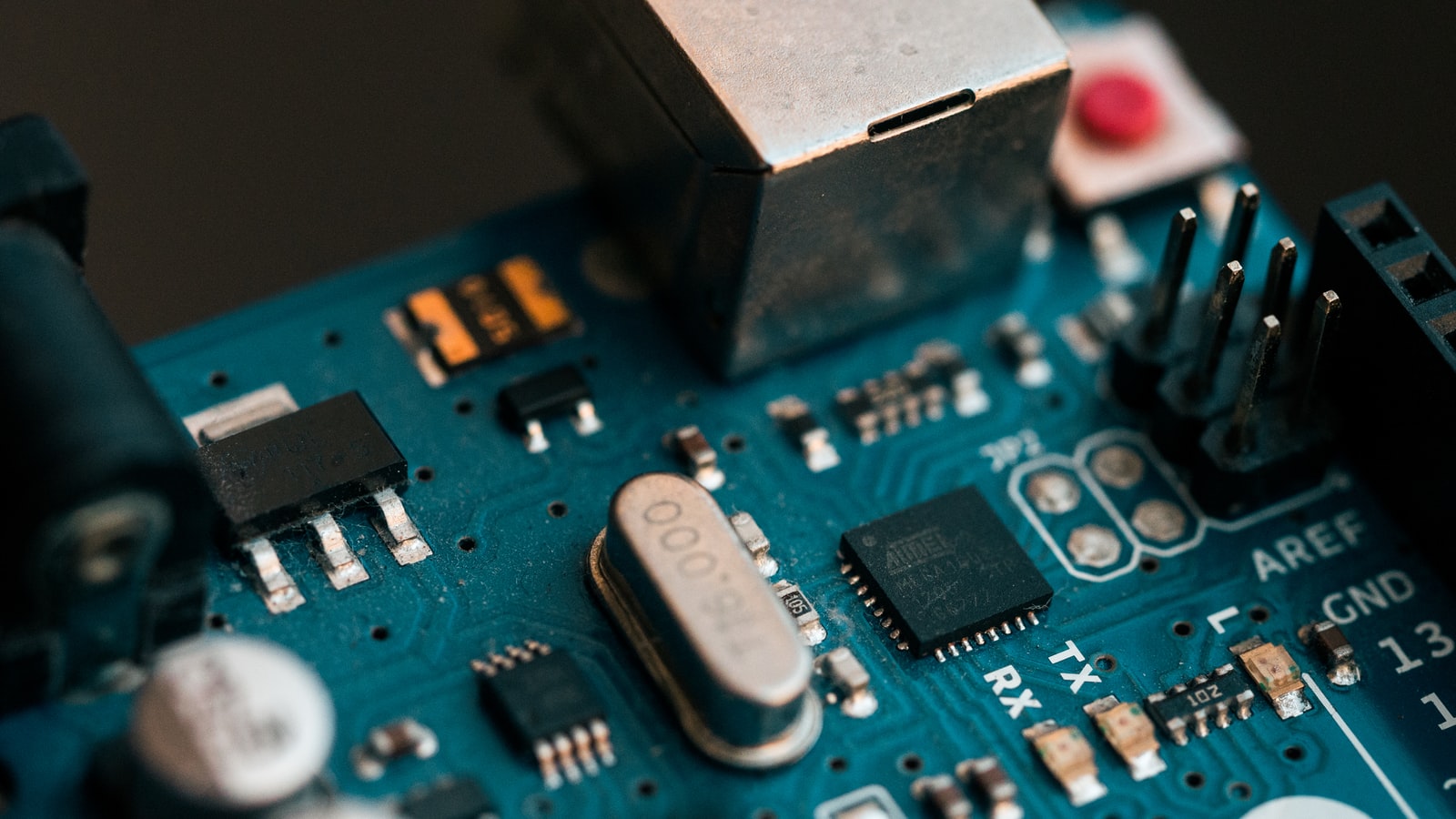Deep Dive into Smart Glasses
What in the world are smart glasses? Simply put, they are an attempt to bring the wireless connectivity and imaging we enjoy on our home computers and cellphones into the frames and lenses of our eyewear. Just as we can no longer imagine living without a laptop or mobile phone, soon we may enjoy the same versatility and connectivity from our eyeglasses, and even our contact lenses. Quite an eye-opener, wouldn’t you say?
Go BackSoftware Hardware Interfacing
- Google’s Android operating system,Android Studio is the main and official integrated development environment (IDE) , built on JetBrains’ IntelliJ IDEA software which is designed only for Android development. It is available for download on Windows, macOS and Linux based operating systems.It has replaced the Eclipse Android Development Tools (ADT) which was a primary IDE for native Android application development. Kotlin is also a language used for app development which is a replacement of Java as Google’s preferred language for Android app development.
- When we connect the android app with the HC-05 bluetooth of Smart Glass, the device will send the data which is in the form of strings to the Arduino through Bluetooth.The data in the form of Strings includes current Date and Time and also incoming call or text is transmitted.The transmitted data is received by Arduino which is then displayed on OLED screen.

The Android Application section
• Now we move on to the Android Application Part. Establishing a connection is based on the client-server model. The server socket is created by server which waits for incoming connection requests, then the client socket is created by client which sends a connection request to the server.
• The second socket is generated when server accepts this request which is used to communicate with this client which makes it possible to send and receive data both ways.
• Set permissions : First, we set the permissions in the Android Manifest file.Bluetooth and Bluetooth Admin are needed.
• Check Availability of Bluetooth : We use the Bluetooth Adapter class to check Bluetooth’s availability. Phone’s built-in Bluetooth module is represented here. To check if our device has Bluetooth to start with we will use this class. To check if Bluetooth is enabled or not, we can call up the system’s dialog window asking the user if to turn Bluetooth on.

Arduino Section
After app is created we transmit the data from phone to Arduino once it is connected to HC-05 Bluetooth Module.After data is received by Arduino a code is written to print the data received from phone to the OLED screen.We use the AltSoftSerial and Adafruit Libraries to run the code.
Receiving data:The Reception of Data is not complicated.Beacuse in microcontroller Hello world is just LED blinking but here, Hello World is little bit advanced.It is Achieved by changing the state of LED as and when Data is received through Bluetooth.
Pairing devices:The establishment of Bluetooth connection is done by pairing them.Device paring takes place only once.The process looks like this: Enable the Bluetooth HC-05 of device then it will be visible to the surrounding. Then we choose other device when we scan for other device.When Bluetooth Module is detected Pairing request is send to other device.A pop-up message is shown up in our Android Device naturally the password is 1234 or 0000,When the password is right we will see that our Bluetooth device is in the paired devices section.

Future Scopes

1.The Small Screen Will Force Those To Adapt To Space Constraints
Google Glasses will, of course, have a smaller screen than a PC. But the glasses will also have a smaller screen than any smart phone on the market. The viewing area is minimal, and it only resides on the right hand side. Because of this, everything that is rendered for Google Glass will be incredibly small. This will create a whole new medium for Web viewing and usability. Google and third-party interests will need to explore different ways to perform actions and render data.
2.Less Browser Changing
Google will, of course, make their browser available first for use through Google Glass, and this will result in most users sticking with that browser. However, it is safe to say that new browsers will most likely be introduced later. Regardless, this will mean more market share for Google-owned browsers.
3. Less Switching Of Applications
When we are on smart phones, we often switch from app to app to accomplish an objective. With Google Glass, we can expect to start with a core set of abilities that are inherent to the operating system. Following this, applications will be introduced and their use will grow. While this is true, Google will get the first crack at developing all the functionality needed for the device, much like the advantage Apple had with the iPhone. If Google can do this well, they will limit the need for new apps and gain more control of this new market.
4. A Greater Need For Voice Recognition Technology
Most of the usability in this device is activated based on voice recognition. Google has improved their abilities here, but voice recognition and activation technology is still very new and buggy. Google will need to continue to improve and expand the capabilities of this technology to make the product successful long-term.
Back